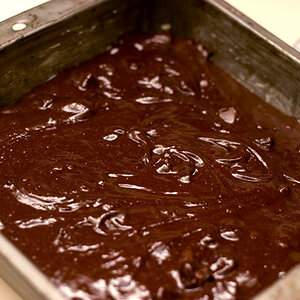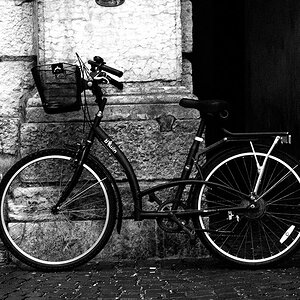Joe549
TPF Noob!
- Joined
- Sep 8, 2009
- Messages
- 9
- Reaction score
- 0
- Location
- Kingston, ON
- Can others edit my Photos
- Photos OK to edit
I am using a 35mm Pentax Superprogram and I need to know how to take photos at night without using a flash, i.e moon shots, campfires etc. What film speed should I use and at which F-stop? I have pretty much gotten the hang of daytime shooting but have never gotten any night shots to turn out.


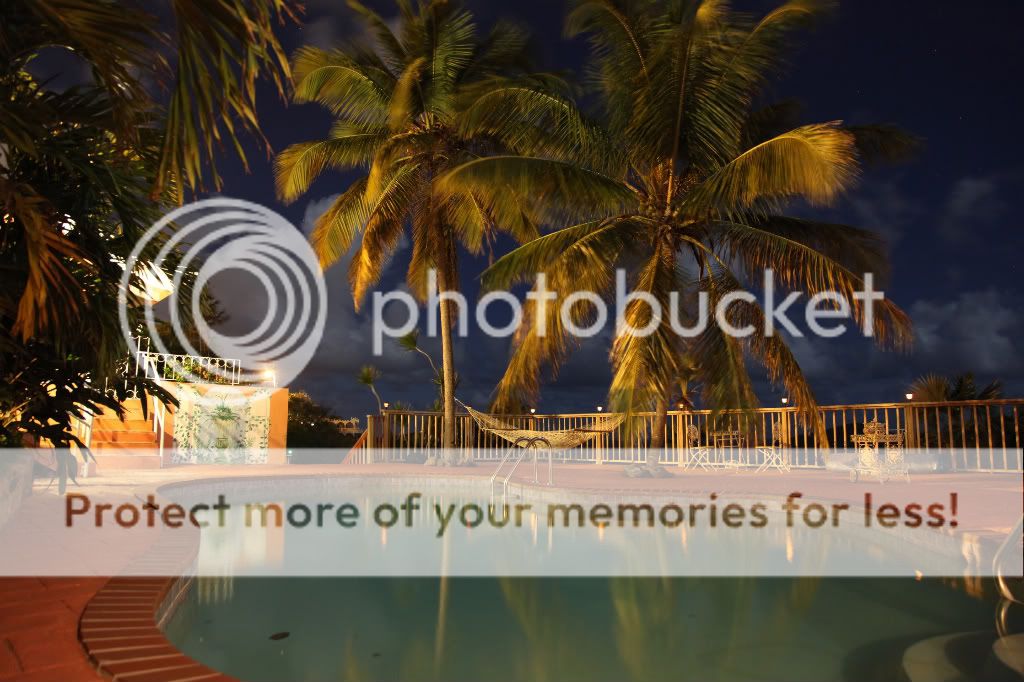
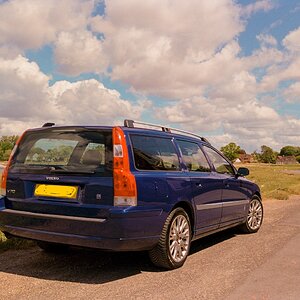
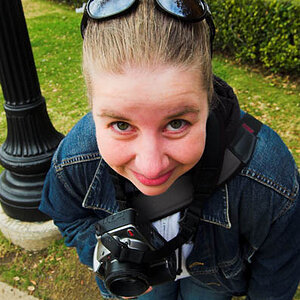
![[No title]](/data/xfmg/thumbnail/38/38266-292dc43125dad0d89dbd806503618171.jpg?1619738549)
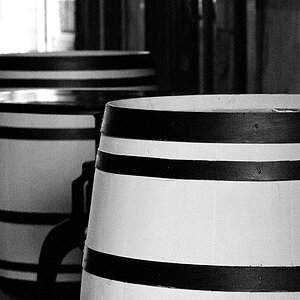
![[No title]](/data/xfmg/thumbnail/41/41755-a922f39cc29ff8f6e66a197508bf99f3.jpg?1619739881)
![[No title]](/data/xfmg/thumbnail/35/35668-5ed46d3abc5acbedc69d68e0c3a2173a.jpg?1619737090)
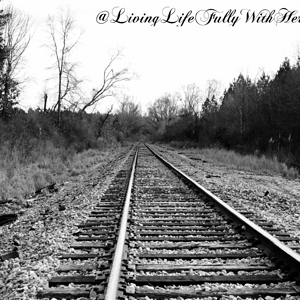
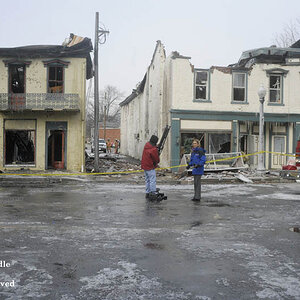
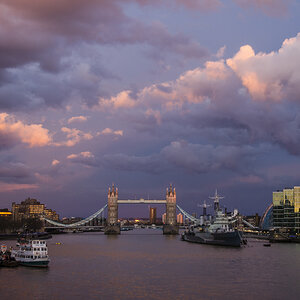
![[No title]](/data/xfmg/thumbnail/37/37606-3c9ffb5906173fa2aa489341967e1468.jpg?1619738148)
